Individual Learning Plan Samples
-

Math Individual Learning Plan
download now -

University Individual Learning Plan
download now -

Kindergarten Individual Learning Plan
download now -
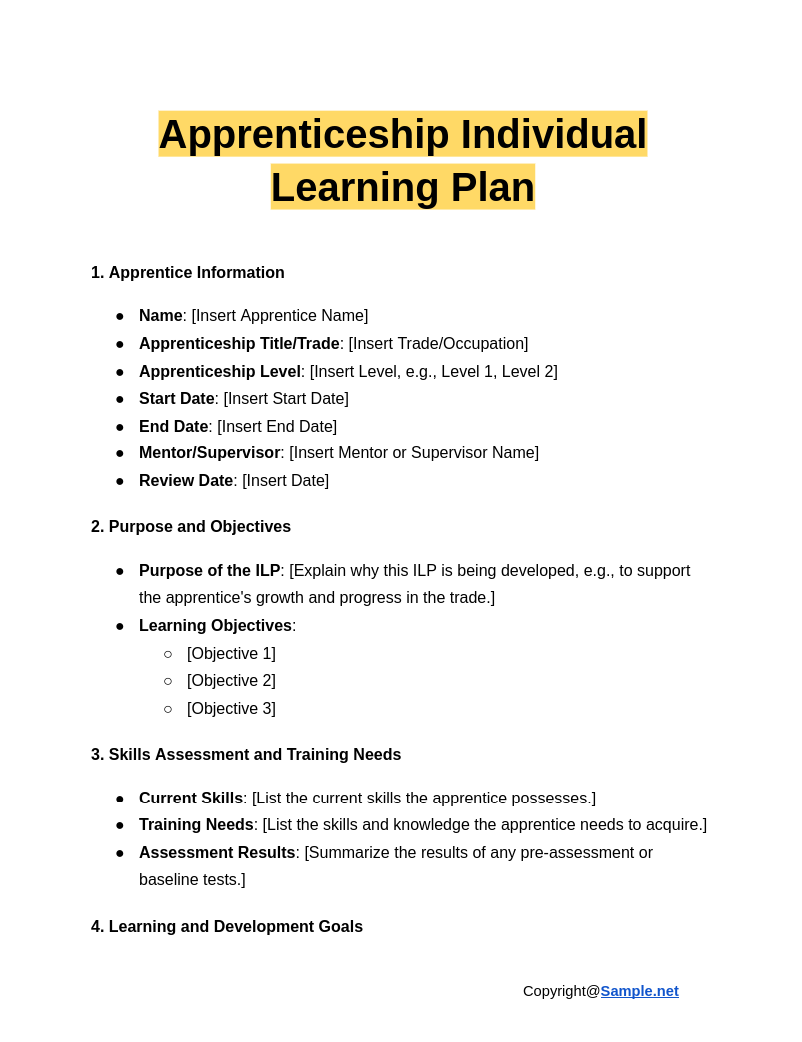
Apprenticeship Individual Learning Plan
download now -

Free Sample Individual Learning Plan Template
download now -
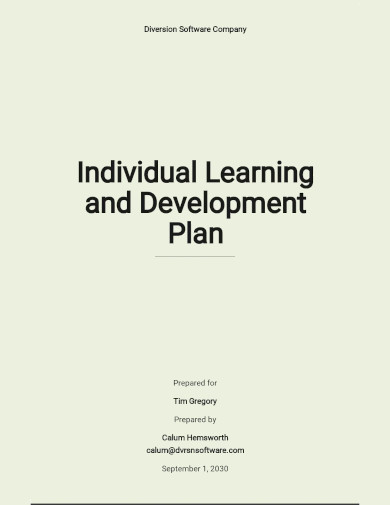
Individual Learning and Development Plan Template
download now -

Free Student Learning Plan Template
download now -

Individual Learning Plan Template
download now -

Sample Individual Learning Plan
download now -

Individual Learning Plan Framework
download now -

Basic Individual Learning Plan
download now -

Individual Learning Plan Example
download now -

Formal Individual Learning Plan
download now -

Individual Learning Plan Policy
download now -

Individual Professional Learning Plan
download now -
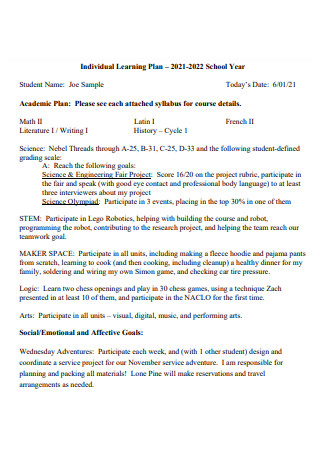
School Year Individual Learning Plan
download now -
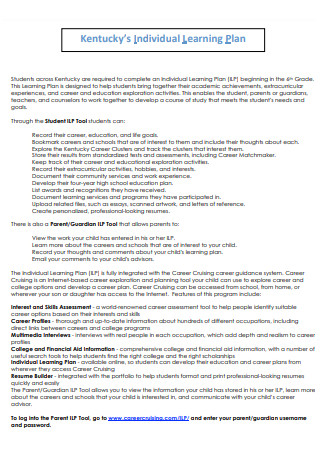
Individual Learning Plan in PDF
download now -

Individual Learning Plan For English Learners
download now -

Individual Learning Plan Format
download now -

Individual Learning Improvement Plan
download now -

Simple Individual Learning Plan
download now -

Individual Learning Plan For English Proficient Students
download now -

Standard Individual Learning Plan
download now -

Printable Individual Learning Plan
download now -

Draft Individual Learning Plan
download now -

Individual Learning Plan Matrix
download now -

Development and Modification of Individual Learning Plan
download now -

Individual Learning Plan For College and Career
download now -

Individual Learning Courses Plan
download now -

Individual Learning Plan and Record of Progress
download now -

Individual Learning Plan in DOC
download now -
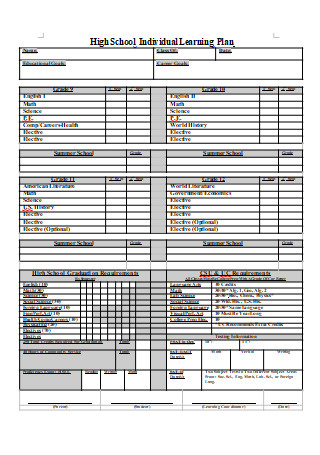
High School Individual Learning Plan
download now
FREE Individual Learning Plan s to Download
Individual Learning Plan Format
Individual Learning Plan Samples
What is an Individual Learning Plan?
Basic Components of an Individual Learning Plan
How to Write an Individual Learning Plan
FAQs
What are the benefits of an individual learning plan?
What are the basic components of an individual learning plan?
What are the different types of individual learning plans?
How to support individual learning?
What is the difference between IEP and ILP?
Why are individual learning plans important?

Download Individual Learning Plan Bundle
Individual Learning Plan Format
1. Student Information
- Name: [Insert Student Name]
- Grade/Level: [Insert Grade or Level]
- Date of Birth: [Insert Date of Birth]
- School/Institution: [Insert School/Institution Name]
- Date of Plan Creation: [Insert Date]
- Review Date: [Insert Review Date]
2. Purpose and Objectives
- Purpose of the ILP: [State the main reason for developing the ILP, e.g., to support learning goals, address specific learning needs, or enhance skills.]
- Learning Objectives:
- [Objective 1: Clearly define the first learning goal.]
- [Objective 2: Clearly define the second learning goal.]
- [Objective 3: Clearly define the third learning goal.]
3. Assessment of Current Skills and Needs
- Strengths: [List the student’s current strengths, such as academic, social, or behavioral strengths.]
- Areas for Improvement: [List specific areas where improvement is needed, like literacy, numeracy, or other skills.]
- Assessment Results: [Mention key assessment results or data points used to determine the student’s needs.]
4. Learning Goals and Targets
- Short-Term Goals (to be achieved within 1-3 months):
- Goal 1: [Insert goal]
- Goal 2: [Insert goal]
- Goal 3: [Insert goal]
- Medium-Term Goals (to be achieved within 3-6 months):
- Goal 1: [Insert goal]
- Goal 2: [Insert goal]
- Goal 3: [Insert goal]
- Long-Term Goals (to be achieved within 6-12 months):
- Goal 1: [Insert goal]
- Goal 2: [Insert goal]
- Goal 3: [Insert goal]
5. Learning Strategies and Support
- Learning Strategies:
- [List the specific teaching methods, approaches, and learning styles that will be used to support the student.]
- [Example: One-on-one instruction, use of assistive technology, hands-on activities, visual aids, etc.]
- Resources and Tools:
- [Specify the resources and tools needed to support the student’s learning, such as software, books, devices, etc.]
- Accommodations/Modifications:
- [List any accommodations the student will receive, such as extended time for assignments, use of a reader, etc.]
6. Roles and Responsibilities
- Student’s Role: [What is expected of the student to achieve the learning goals.]
- Teacher’s Role: [The teacher’s role in providing support and monitoring progress.]
- Parent/Guardian’s Role: [How parents/guardians can support learning outside the classroom.]
- Other Support Staff (if applicable): [List any other staff involved, such as a counselor, therapist, or aide.]
7. Monitoring and Progress Tracking
- Progress Monitoring Methods: [List how progress will be tracked, such as through weekly check-ins, assessments, or progress reports.]
- Frequency of Reviews: [How often progress will be reviewed, e.g., monthly, quarterly.]
- Data Collection Tools: [Mention the tools and methods for collecting data on progress, such as observation notes, test scores, and feedback.]
8. Review and Feedback
- Review Date: [Indicate the date when the plan will be reviewed.]
- Review Participants: [List the people involved in the review process, such as the student, teacher, parent/guardian, and support staff.]
- Feedback and Adjustments:
- [Note any adjustments made to the ILP after review and feedback from stakeholders.]
9. Signatures
- Student’s Signature: ____________________ Date: __________
- Parent/Guardian’s Signature: ____________________ Date: __________
- Teacher’s Signature: ____________________ Date: __________
- Other Support Staff Signature (if applicable): ____________________ Date: __________
What is an Individual Learning Plan?
An individual learning plan is a clear and well-designed document which contains specific methods and processes that help the students and professionals in guiding them towards informed decisions and defined goals in their courses, activities, and careers. This plan is an effective management tool with the purpose of facilitating the growth, development plans, and performance of the people in the school, business, or organization.
Basic Components of an Individual Learning Plan

In this section, you will learn how to construct a well-written and systematic individual learning plan. However, an individual learning plan has different kinds of components. Include the following elements for you to create a professional piece of writing:
How to Write an Individual Learning Plan

Below are some easy-to-follow tips that indicate how to write a clear and structured individual learning plan, as well as designing the blueprint of the core activities, strategies, self assessments, and other aspects.
Step 1: Establish Goals and Objectives
The right methods and strategies should assist the teacher in establishing goals and objectives that will help in helping the learners in acquiring knowledge, insight, and wisdom. So, take your time to conduct research plan and establish the goals and objectives of the individual learning plan.
Step 2: Assess the Needs
In order to assess the needs of the learners, collect data that will help in measuring the progress and determine whether the goals are fulfilled. Use relevant student data, observations, assessment data, teacher surveys, discipline data, and curriculum data while designing the individual learning plan.
Step 3: Develop Solutions and Outline Methods
While developing solutions, consider contemplating the goals and objectives of the individual learning plan to avoid possible risks. Then, outline the fundamental learning procedures. Thus, provide a broad outline of what is likely to occur during teaching. In this way, it will guide the learners to smooth transitions between activities and other tasks.
Step 4: Create an Evaluation
Create an evaluation during the planning process. So, look carefully on what is working and what is not working. Set up an effective process for review and determining successes, challenges and growth opportunities, as well as the documentation of individual learning programs and the results of the evaluation. You can also see more on Individual Training Plan.
Step 5: Proofread and Prepare the Overall Plan
Review your entire individual learning plan and make sure to fully include all the important points in your plan. It should reflect the connection between the objectives, learning resources, strategies and methods, activities used for implementing the objectives, and the evaluation of the learners. If you notice that you overlook some sections that need additional points, it is important to edit and revise the document right away.
An Individual Learning Plan (ILP) empowers students with a clear learning pathway, fostering self-awareness and personalized education. By addressing individual strengths and needs, ILPs enhance goal achievement and personal development. This tool is essential for students aiming to excel in academic, career, and personal pursuits.
FAQs
An individual learning plan provides valuable benefits to the learners such as students and professionals. First, it allows the learners to discover many careers. Second, it is beneficial in developing education plans. Third, it creates, maintains, and changes resumes of the learners. Fourth, it assists the learners in setting personal goals and keeps these insights while the school continues. Fifth, the learners can save and reflect on certain activities such as community service, work experience, career plan activities, and extracurricular activities. Lastly, it keeps track of all of the completed courses.
What are the benefits of an individual learning plan?
The basic components that should be included in an individual learning plan are overview, goals and objectives, assessment of the learners, solutions, strategies and methods, blank timeline, and evaluation.
What are the basic components of an individual learning plan?
The different types of individual learning plans are individual professional learning plan, individual learning plan for English proficient students, high school individual learning plan, individual learning plan for college and career, individual learning plan for students with disabilities, individual learning plan for language learners, school year individual learning plans, individual learning courses plan, and development and modification of individual learning plan.
What are the different types of individual learning plans?
First, provide the learners with opportunities to self-monitor. Then, use some noteworthy questions and provide models of behavior. Facilitate communication that includes language aimed at learning. You can also see more on Learning Action Plan.
How to support individual learning?
The IEP or individual education plan provides support and services for special education students while the ILP or individual learning plan provides support and services for people who want to learn the English language.
What is the difference between IEP and ILP?
Individual learning plans are important because these tools guide students to observe beyond the walls of the classroom and picture themselves in the future, as well as promoting effective planning, goal setting and preparing for the future which will significantly help the students to attain a bigger chance of future success. You can also see more on Learning Strategy Plan.
Why are individual learning plans important?
